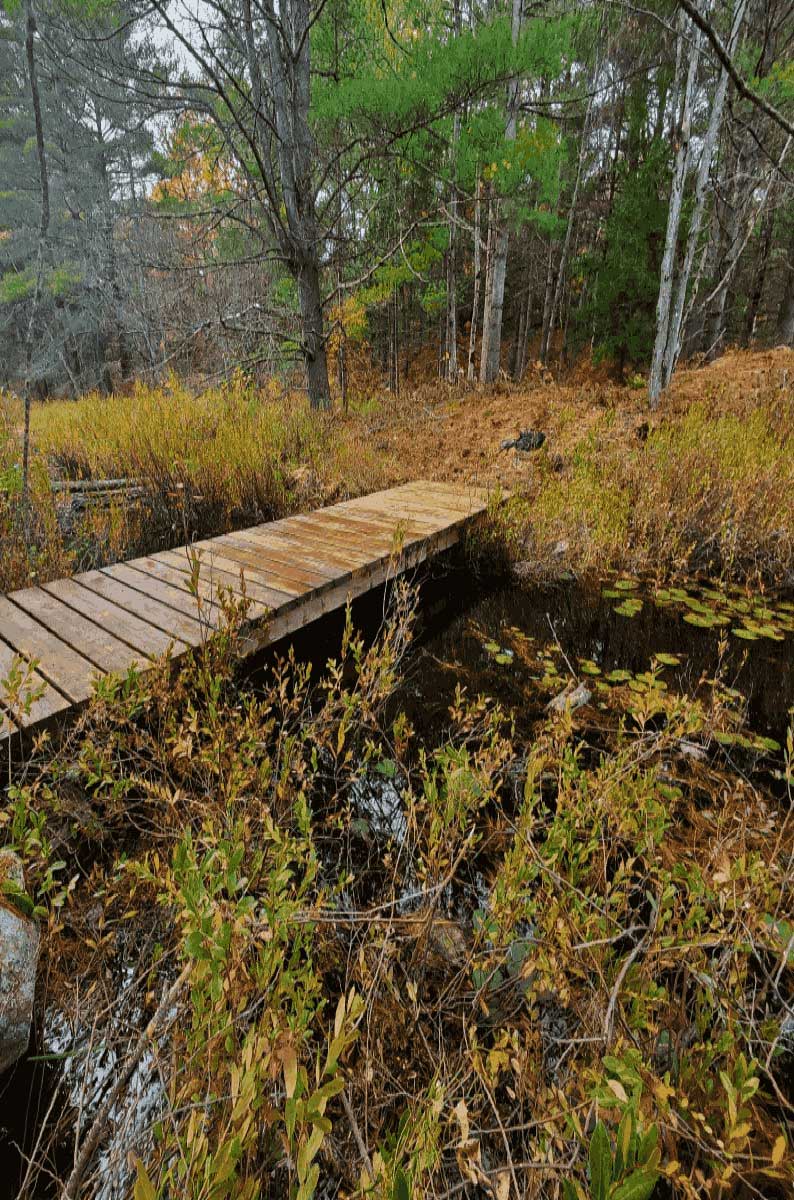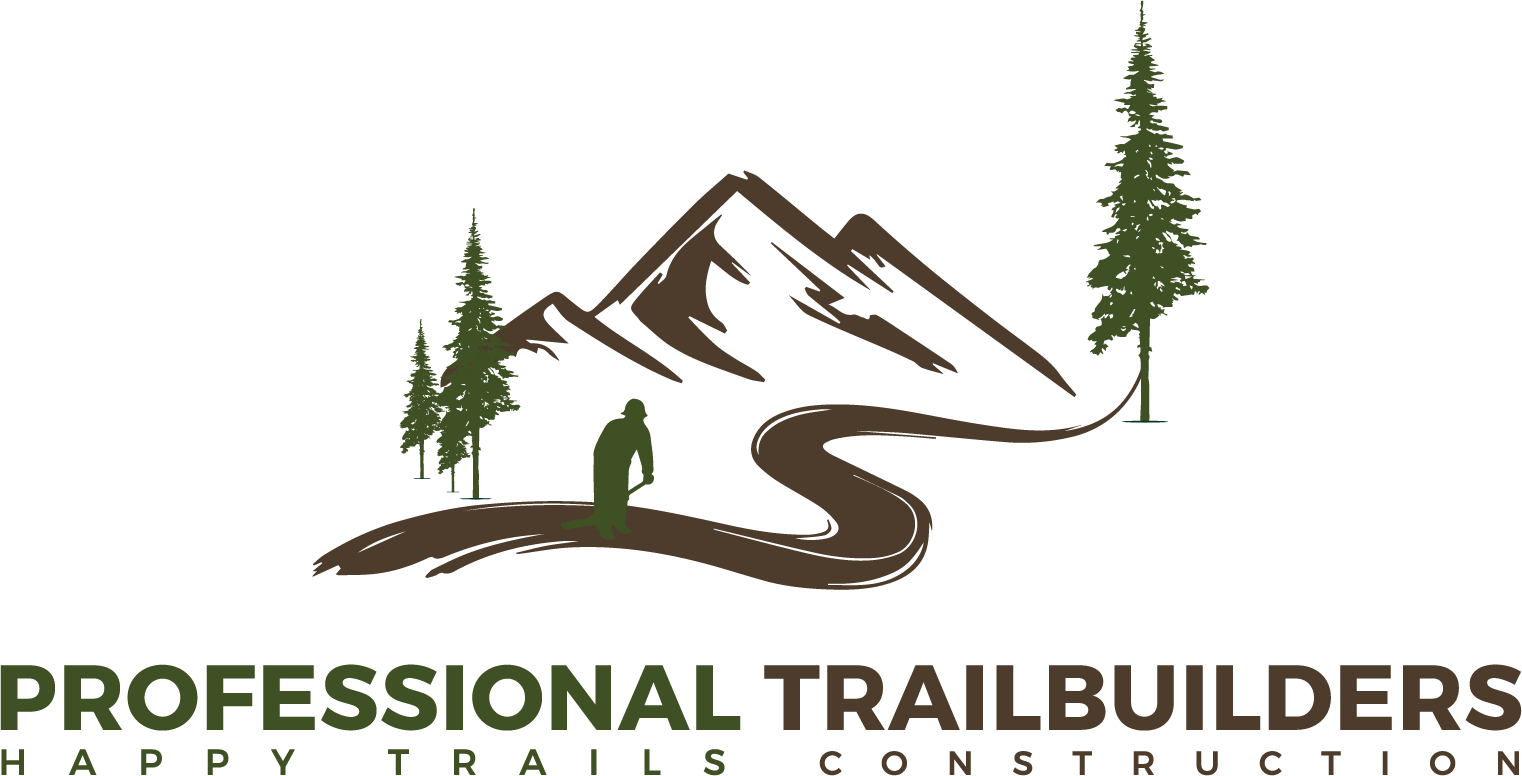Applying the Best Methods in Building Recreational Trails
Our team at Professional Trail Builders designs paths based on modern sustainability standards, which include the following concepts:

An Approach to Effective Track Development
For a trail network to be successful, it needs a Trail Management Objective (TMO) that consists of the following:

An Approach to Effective Track Development
For a trail network to be successful, it needs a Trail Management Objective (TMO) that consists of the following:
Reach Out to Us
For additional information, contact our group now. We would be happy to address any questions or concerns you may have.
